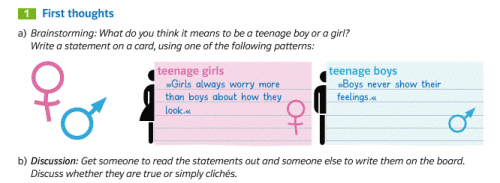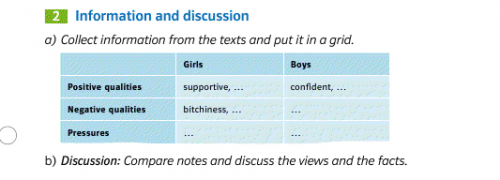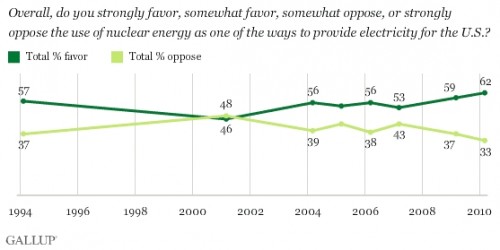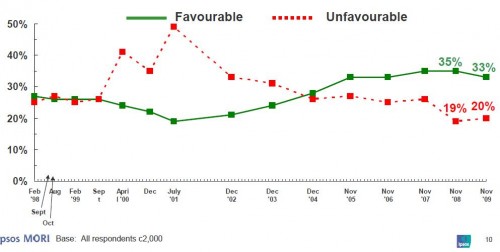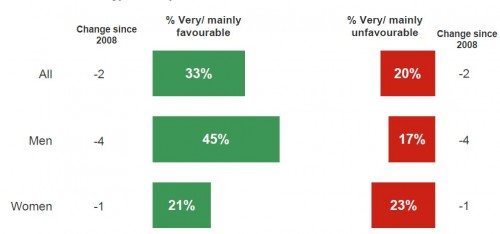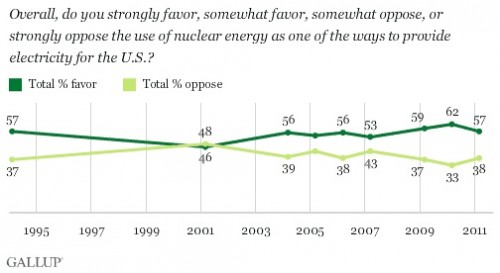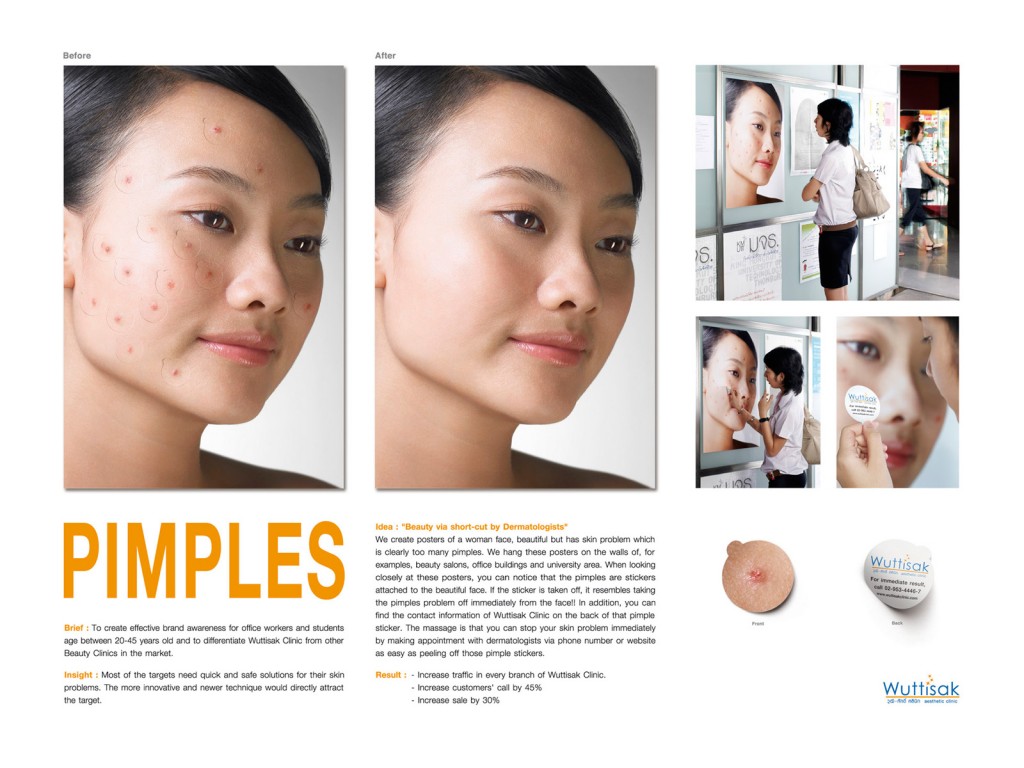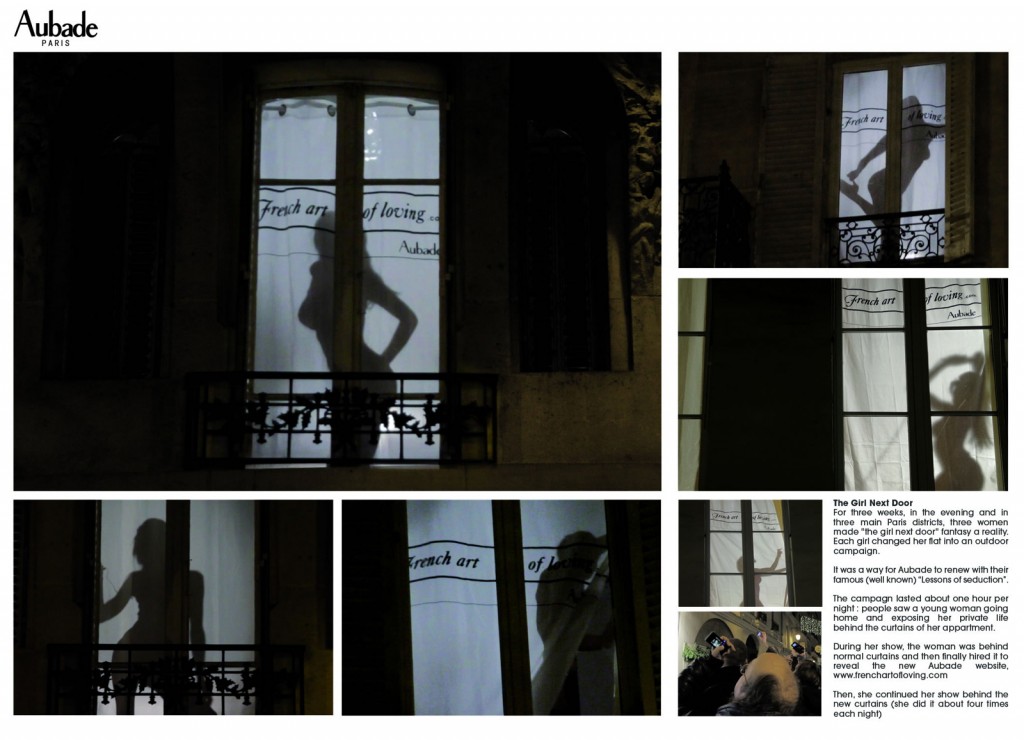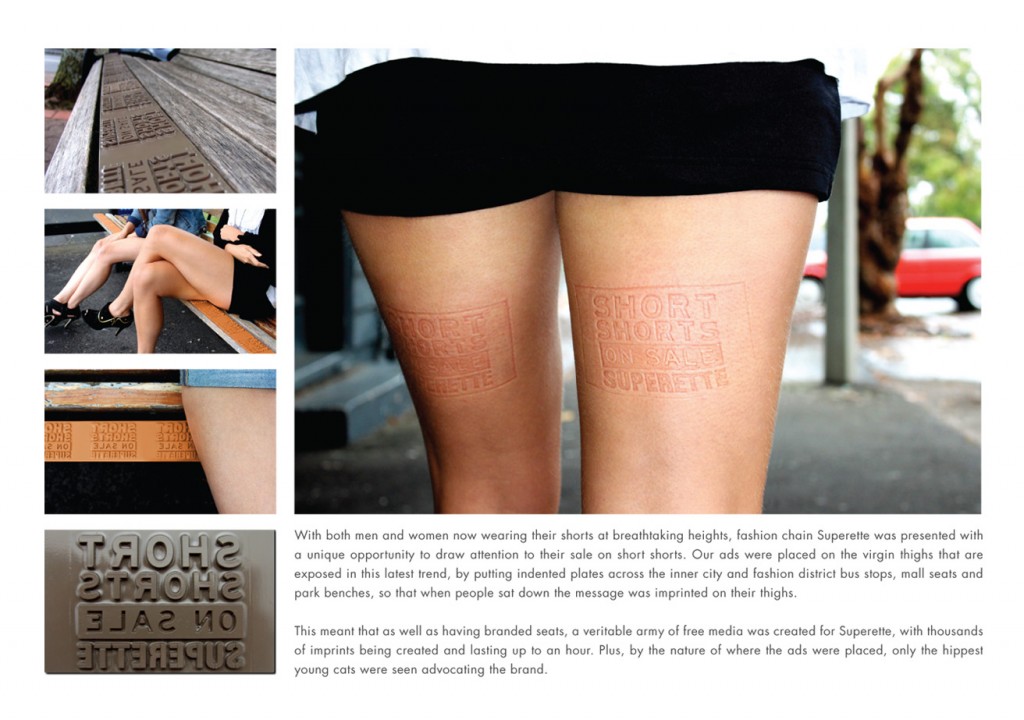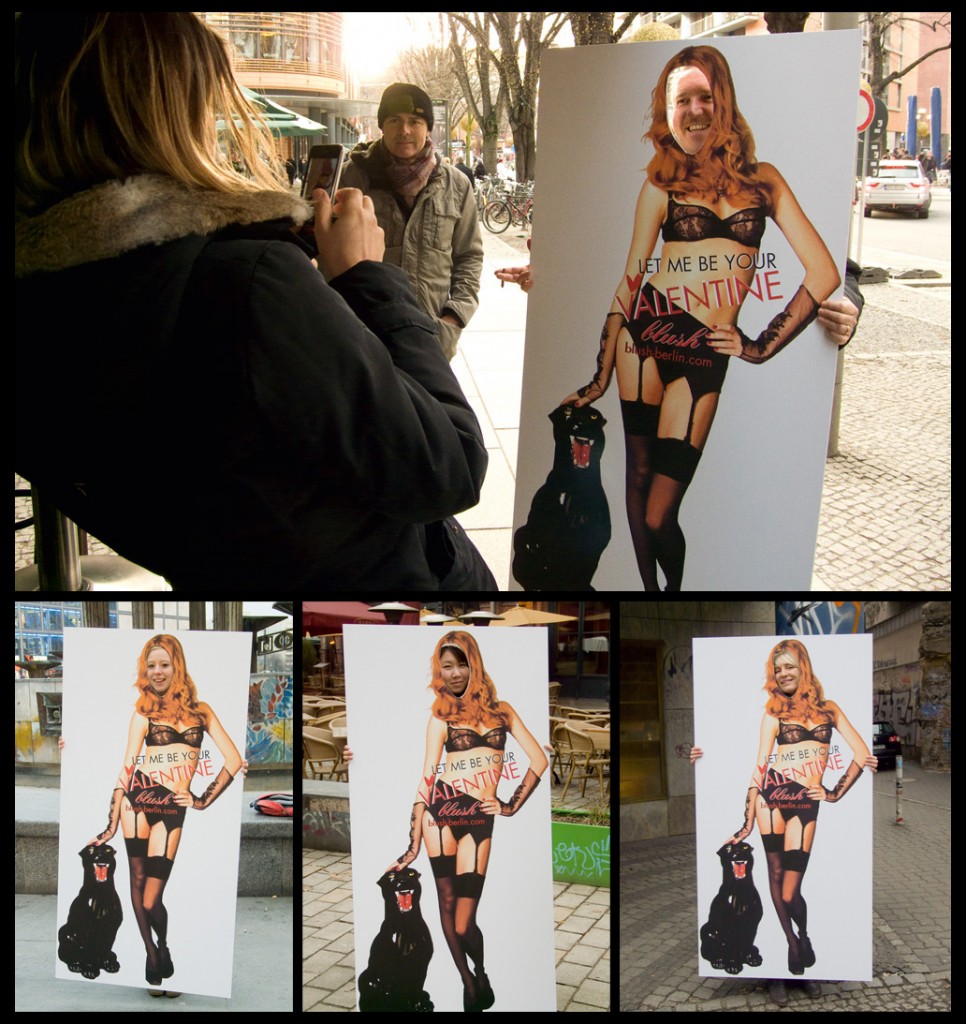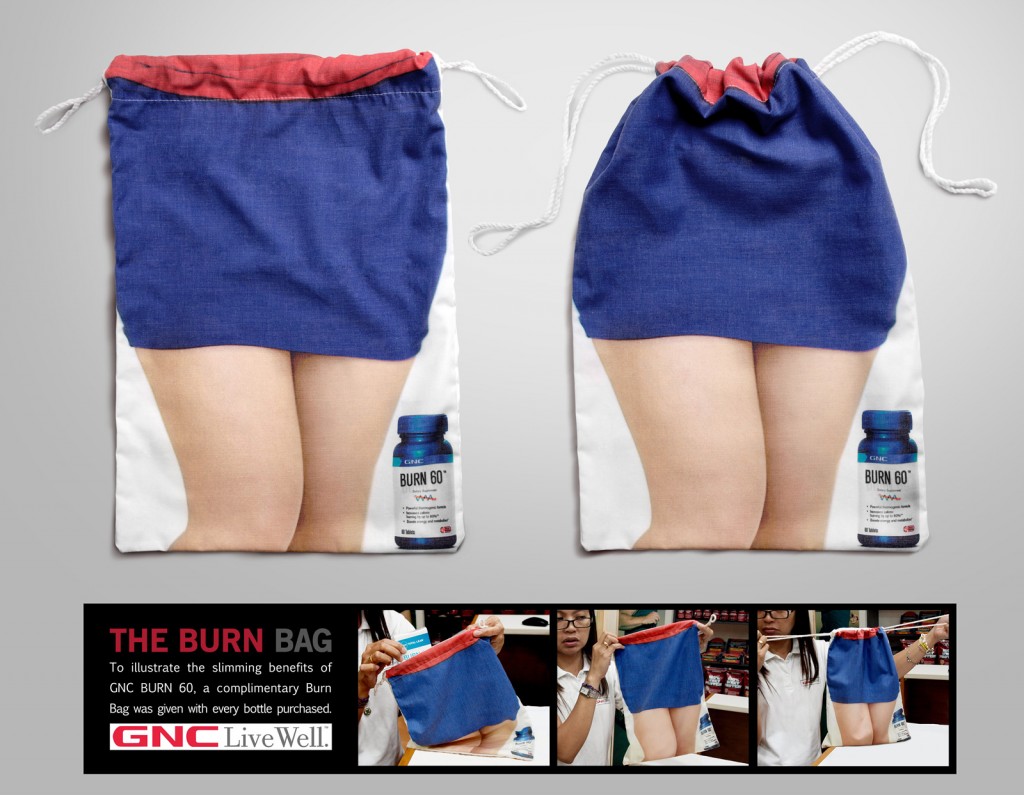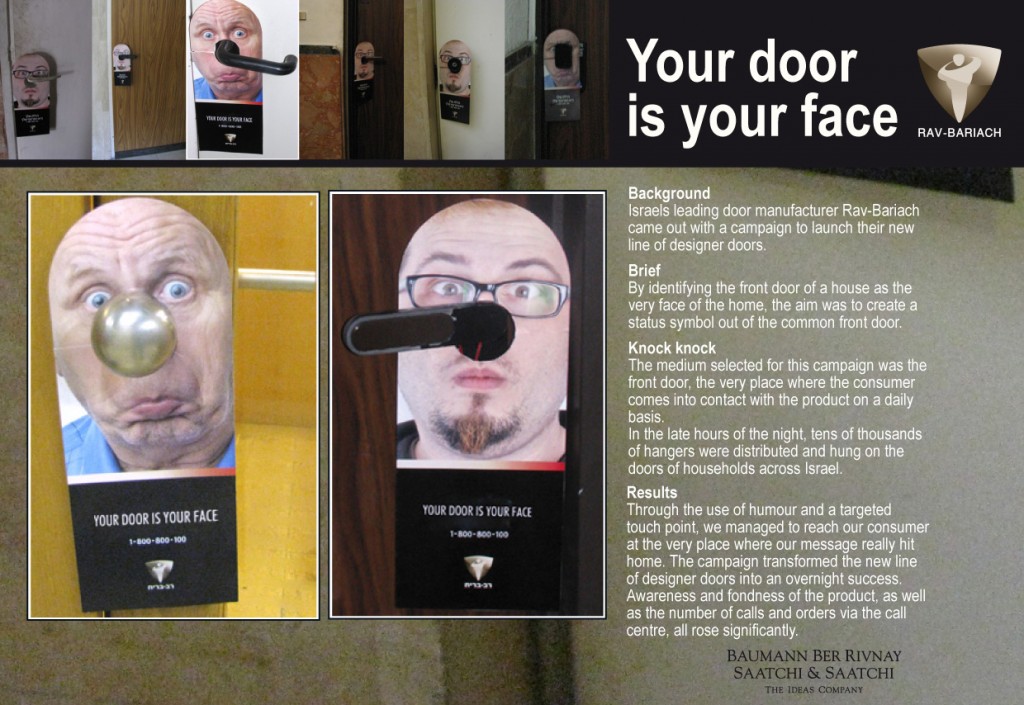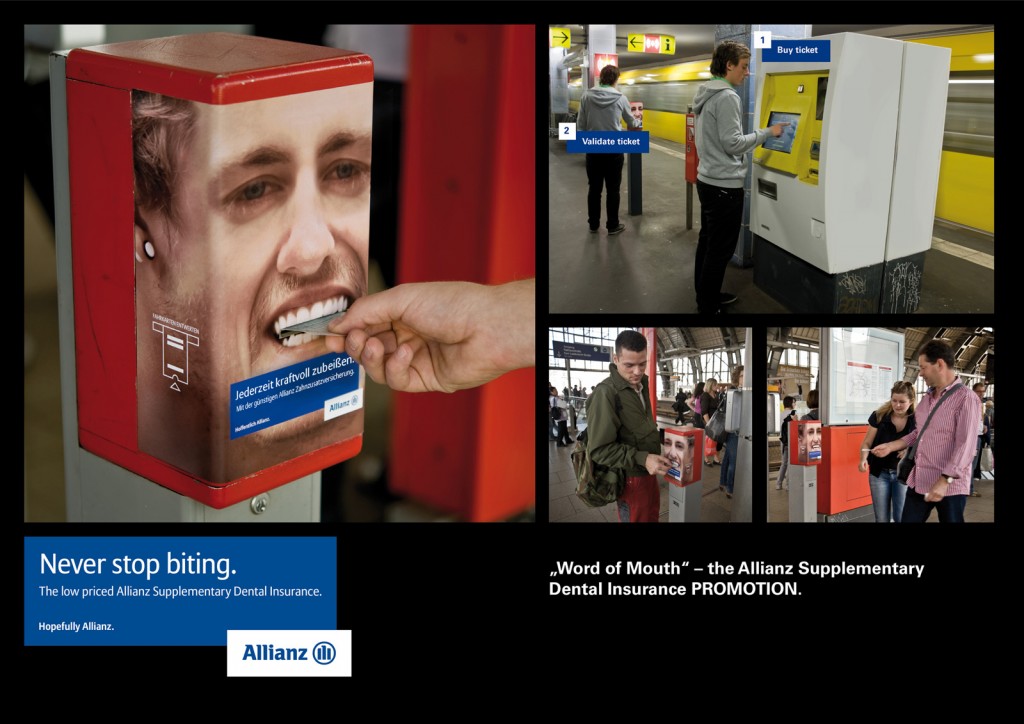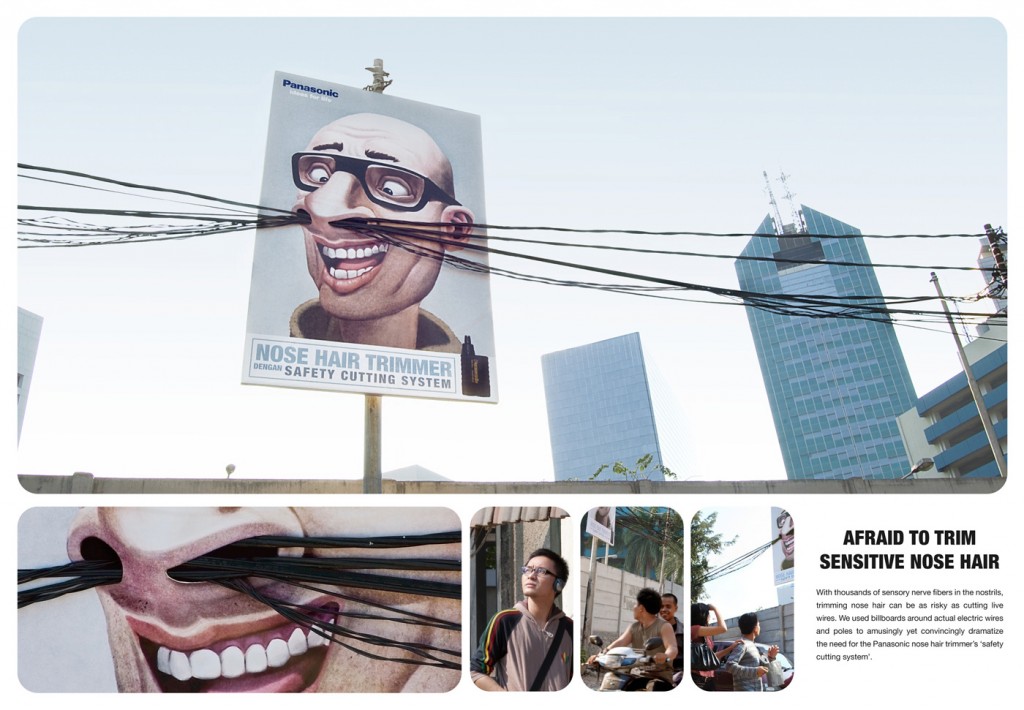Way back in November David M. sent in another example of the tendency to conflate curves with women of color. This ad for a bodyshaper that appeared in the magazine i-on Glasgow (via wishiwerebaking on Flickr) says that wearing their product will give you “Latino curves,” and the code for the discount is “Latino” (which perhaps should be “Latina,” but we have much bigger issues than that to deal with).
I’m putting it after a jump because one reader said it was slightly NSFW or, more specifically, some public libraries; it’s an image of a woman in a strapless bra and body shaper, so you don’t see any nudity.


